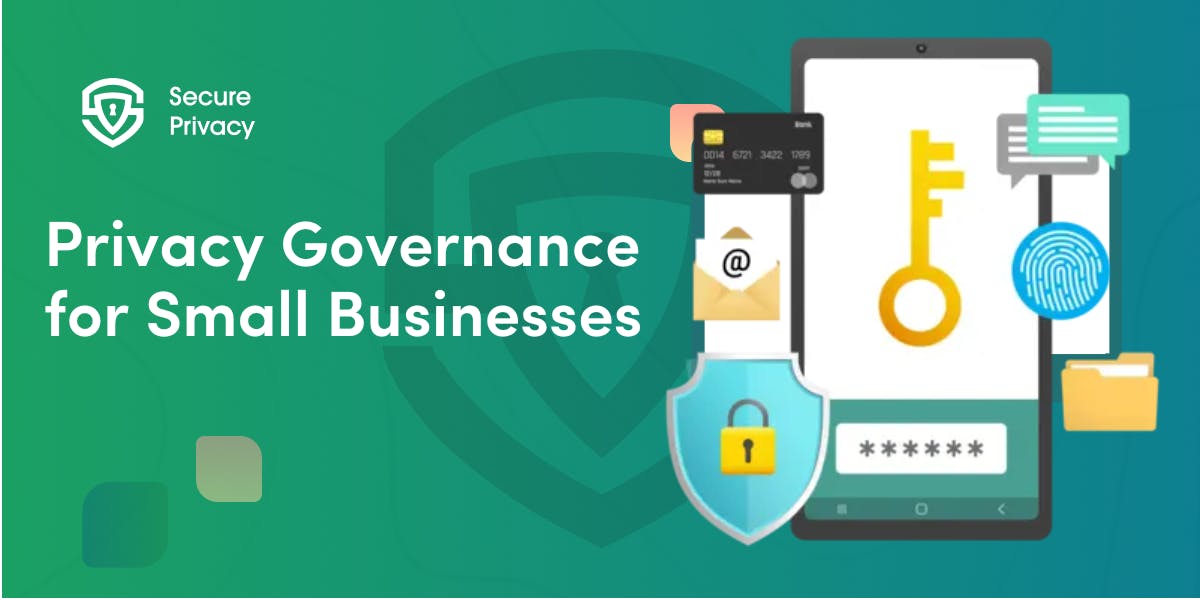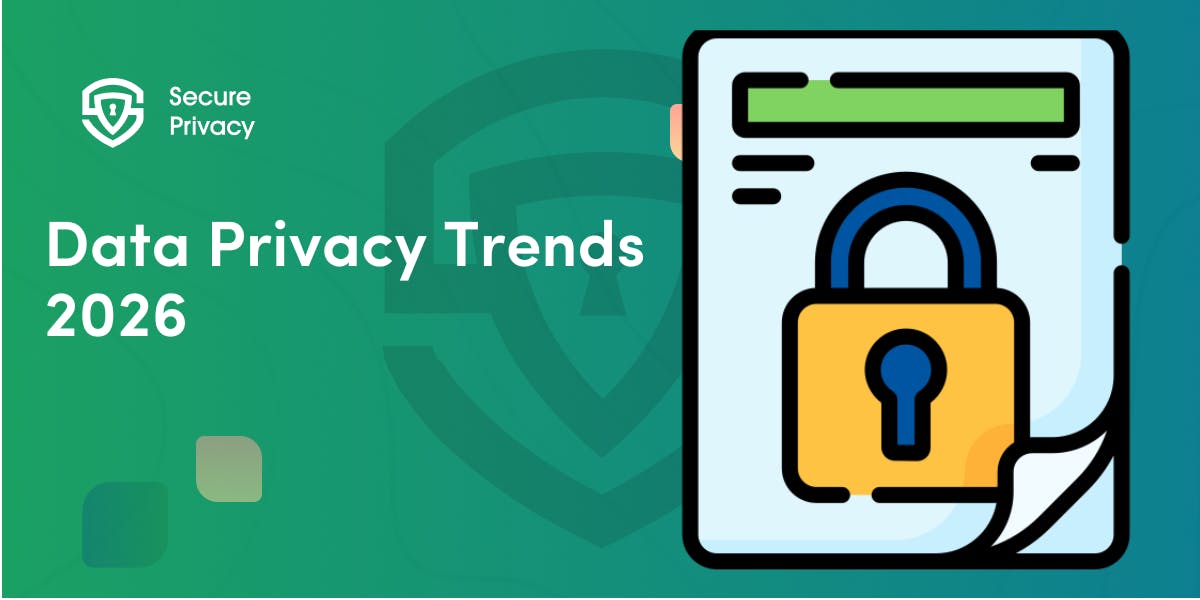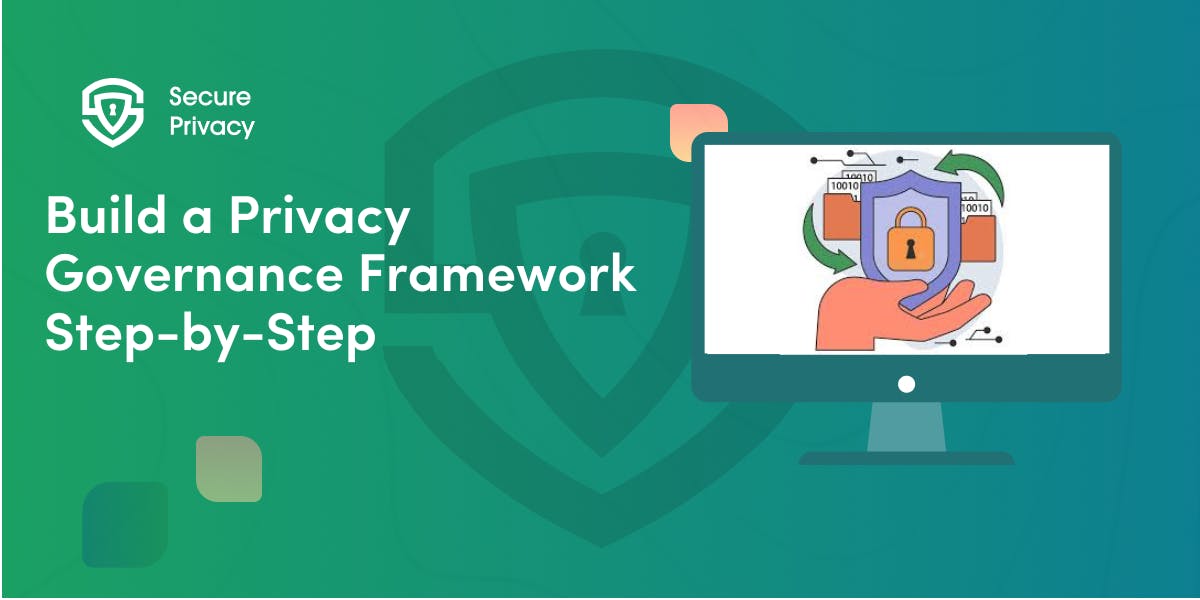Vendors Module: Centralized Management for Third-Party Privacy Compliance
Your cloud storage provider just updated their terms of service. Your email marketing platform added new data processing capabilities. Your payment processor now operates servers in three new countries. Each change creates potential privacy risk that could trigger GDPR violations, CCPA penalties, or breach your data processing agreements.
Managing third-party privacy risks has moved from occasional vendor reviews into continuous compliance oversight across complex vendor ecosystems. Businesses now face regulatory requirements for systematic vendor assessment, ongoing monitoring, comprehensive documentation and strong incentives for Privacy by Design vendor management — all while maintaining operational efficiency across hundreds of vendor relationships.
Secure Privacy's Vendors module transforms fragmented vendor management into centralized third-party privacy risk management software that tracks compliance status, assesses risk levels, and maintains audit-ready documentation for every vendor processing your organization's data, implementing Privacy by Design across your ecosystem.

Prioritizing user privacy is essential. Secure Privacy's free Privacy by Design Checklist helps you integrate privacy considerations into your development and data management processes.
Why Third-Party Privacy Risk Management Matters
Third-party vendors represent one of the most significant privacy compliance challenges modern organizations face. When you share customer data with external processors, your compliance obligations don't transfer — they extend to ensuring vendors maintain appropriate protections.
(This principle is also central to India's DPDP Act, where controllers bear responsibility for data processor compliance.)
GDPR Article 28 requires controllers to use only processors that provide "sufficient guarantees to implement appropriate technical and organizational measures" meeting GDPR Privacy by Design requirements. This isn't a one-time verification—you must demonstrate ongoing oversight through systematic vendor assessment and monitoring.
Beyond regulatory mandates, vendor privacy failures create direct business consequences. Data breaches at third-party processors trigger notification obligations, regulatory investigations, and customer trust damage — even when your own security controls work perfectly. Organizations report that vendor-related incidents account for nearly 60% of privacy breaches, highlighting the critical importance of effective third-party risk management.
Purpose and Functionality of the Vendors Module
The Vendors module provides centralized vendor compliance tracking tools that automate assessment, monitoring, and documentation across your entire third-party ecosystem. Rather than managing vendor information through spreadsheets and email folders, the module consolidates everything into unified privacy vendor assessment software.
Comprehensive Vendor Inventory: Maintain detailed profiles for every vendor processing personal data, including contact information, services provided, data types processed, processing locations, and contractual relationships. This inventory provides complete visibility into your third-party processing activities for regulatory reporting and risk assessment.
Risk Assessment and Categorization: Evaluate vendor privacy risks through systematic assessment criteria including data sensitivity, processing volume, security certifications, and compliance history. The module's risk scoring system automatically categorizes vendors as high, medium, or low risk based on configurable criteria aligned with your organization's risk tolerance.
Compliance Certification Tracking: Monitor vendor compliance certifications including SOC 2, ISO 27001, privacy shields, and industry-specific certifications. Track certification expiration dates, renewal status, and documentation availability to ensure continuous vendor qualification.
Data Processing Agreement Management: Track DPA status for every vendor relationship, monitoring execution dates, renewal requirements, and standard contractual clause compliance. This vendor data processing management capability ensures contractual protections remain current and enforceable.
Integration with Privacy Governance: Connect vendor information with other privacy governance modules including Process Register, Risks, and Audit Reporting. This integration enables comprehensive privacy program visibility by linking vendor relationships to specific processing activities and identified risks.
Step-by-Step: Using the Vendors Module
Accessing the Vendors Dashboard
Navigate to the Vendors module from your privacy governance dashboard main menu. The landing page displays your complete vendor inventory with summary statistics showing total vendors, risk distribution, and compliance status overview. Filter and search capabilities enable quick location of specific vendors based on name, risk level, or certification status.
Adding a New Vendor
Click "Add Vendor" to create a new vendor profile. The vendor creation workflow guides you through capturing essential information:
Basic Information: Record vendor legal name, primary contact details, relationship start date, and services provided. Include vendor website and any relevant identifiers for cross-referencing with procurement systems.
Data Processing Details: Specify what types of personal data the vendor processes, processing purposes, data volume estimates, and retention periods. Document whether the vendor acts as processor or sub-processor.
Geographic Information: Record where the vendor processes or stores data, including server locations and any cross-border data transfers. This information supports transfer mechanism assessments and adequacy evaluations.
Risk Assessment: Complete the initial risk evaluation based on data sensitivity, processing activities, vendor security posture, and regulatory requirements. The system automatically calculates an overall risk score that determines monitoring frequency.
Compliance Certifications: Upload or link vendor security certifications, audit reports, and compliance documentation. Set expiration dates to trigger renewal reminders and maintain current certification evidence.
Contractual Documentation: Attach data processing agreements, master service agreements, and any privacy-specific contract addendums. Record key contract dates including execution, renewal, and termination provisions.
Managing Vendor Profiles
Existing vendor profiles provide comprehensive views of all vendor information, assessment history, and compliance status. Access detailed profiles by clicking any vendor in the inventory list.
Update Vendor Information: Modify vendor details as relationships evolve, services change, or new information becomes available. The system maintains version history showing when changes occurred and who made them for audit trail purposes.
Conduct Periodic Reassessments: Schedule and complete regular vendor reassessments based on risk level and organizational policies. High-risk vendors typically require quarterly or semi-annual reassessment, while lower-risk vendors may need annual reviews.
Track Compliance Changes: Document compliance status changes including new certifications obtained, security incidents, or material changes in processing activities. This chronological record demonstrates ongoing monitoring for regulatory compliance.
Link to Processing Activities: Connect vendors to specific entries in your Process Register, establishing clear relationships between vendor services and organizational processing activities. This linkage supports Article 30 Records of Processing Activities requirements.
Key Features for GDPR Vendor Compliance
The Vendors module provides specific functionality supporting GDPR third-party compliance requirements:
Article 28 Due Diligence: Systematic vendor assessment processes ensure you've verified processor capabilities before engaging them. Document security measures, data protection practices, and technical safeguards that demonstrate "sufficient guarantees" required by Article 28.
Standard Contractual Clauses Tracking: Monitor SCC execution for vendors processing EU personal data outside adequate jurisdictions. Track clause versions, execution dates, and documentation availability to demonstrate transfer mechanism compliance.
Processor Agreement Requirements: Verify that vendor contracts include all required Article 28 provisions including processing instructions, confidentiality obligations, security measures, sub-processor requirements, and data subject rights assistance.
Vendor Audit Rights: Track audit right exercises, schedule vendor assessments, and document audit findings. Maintain evidence that you've exercised appropriate oversight through regular vendor evaluations and compliance verification.
Supporting CCPA Third-Party Compliance
CCPA imposes specific requirements for third-party data sharing that the Vendors module addresses:
Service Provider Agreements: Track whether vendors qualify as CCPA service providers through appropriate contractual restrictions. Monitor agreement execution and ensure vendors maintain required processing limitations and prohibition on data selling.
Disclosure Tracking: Document what categories of personal information you disclose to each vendor, supporting CCPA disclosure requirements in privacy notices. This tracking enables accurate privacy policy updates when vendor relationships change.
Consumer Rights Coordination: Maintain vendor contact information and data processing details that enable coordinated responses to consumer rights requests. When consumers request deletion or opt-out, vendor documentation supports comprehensive request fulfillment.
Common Use Cases for Vendor Privacy Assessment Software
New Vendor Onboarding: During procurement, use the Vendors module to conduct initial privacy assessments before finalizing contracts. Identify privacy risks, required contractual protections, and compliance gaps that need resolution before data sharing begins.
Regular Compliance Monitoring: Implement systematic vendor review schedules based on risk levels. High-risk vendors processing sensitive data receive quarterly assessments, while lower-risk vendors undergo annual reviews. Automated reminders ensure timely completion without manual tracking.
Audit Preparation: When facing regulatory audits or certification assessments, generate comprehensive vendor reports demonstrating systematic third-party oversight. Documentation includes risk assessments, contractual protections, compliance certifications, and monitoring activities.
Risk Mitigation: Identify high-risk vendors requiring additional controls or contract modifications. Prioritize remediation efforts based on risk scores and data sensitivity, focusing resources where they deliver maximum risk reduction.
Incident Response: When vendor breaches occur, quickly access vendor profiles containing contact information, contractual obligations, and processing details. This information supports rapid incident response, notification decisions, and regulatory reporting.
Troubleshooting Common Issues
Permission Errors Adding Vendors: If you cannot create new vendor entries, verify your user role includes vendor management permissions. Contact your privacy governance administrator to adjust role settings if necessary.
Risk Score Discrepancies: Risk calculations use configurable criteria weighting. If automated scores seem inaccurate, review risk assessment settings and adjust factor weights to match your organization's risk tolerance and priorities.
Missing Certification Documents: When vendor certifications don't appear in profiles, verify upload permissions and file format compatibility. The system supports PDF, DOCX, and common image formats for certification documentation.
Integration Sync Issues: If vendor information doesn't appear in linked modules like Process Register, check integration settings and ensure proper mapping between vendor entries and processing activities. Force synchronization from module settings if needed.
Transform Third-Party Privacy Risk Management
Effective vendor compliance tracking tools eliminate the spreadsheet chaos that characterizes traditional vendor management. Secure Privacy's Vendors module consolidates vendor assessment, monitoring, and documentation into unified third-party privacy risk management software that scales with your organization.
The module integrates seamlessly with other privacy governance capabilities including Process Register for linking vendors to processing activities, Risks module for escalating vendor-related privacy risks, and Audit Reporting for demonstrating comprehensive vendor oversight.
Organizations using the Vendors module report 60-70% reduction in vendor assessment time while maintaining more comprehensive vendor documentation. Automated alerts prevent certification lapses and missed reassessments. Centralized vendor data supports rapid audit response and regulatory reporting.
Ready to streamline your vendor privacy compliance? Schedule a demo of Secure Privacy's complete privacy governance platform to discover how integrated modules work together for comprehensive privacy program management.
Your vendors process your customers' most sensitive data. Ensure they protect it with privacy vendor assessment software built for systematic third-party compliance oversight.
Get Started For Free with the
#1 Cookie Consent Platform.
No credit card required

Privacy Governance for Small Businesses: Step-by-Step Guide
You're a 20-person company. A customer asks for their data. Your marketing team just added a new tracking pixel. Your CRM vendor updated their terms. And you just realized you might need to comply with GDPR, CCPA, or both.
- Legal & News
- Data Protection

Data Privacy Trends 2026: What Every Business Needs to Know
You're planning next year's compliance roadmap, but the rules keep changing. New regulations emerge monthly. Enforcement penalties double overnight. And now, AI governance lands on your desk alongside data privacy obligations.
- Legal & News
- Data Protection

How to Build a Privacy Governance Framework: Step-by-Step Guide
Privacy governance isn't about checking regulatory boxes — it's about building systematic capability to manage personal data responsibly across your entire organization. Whether you're facing GDPR obligations, preparing for CCPA enforcement, or establishing foundational privacy practices, a structured framework transforms compliance from reactive firefighting into proactive risk management.
- Legal & News
- Data Protection
